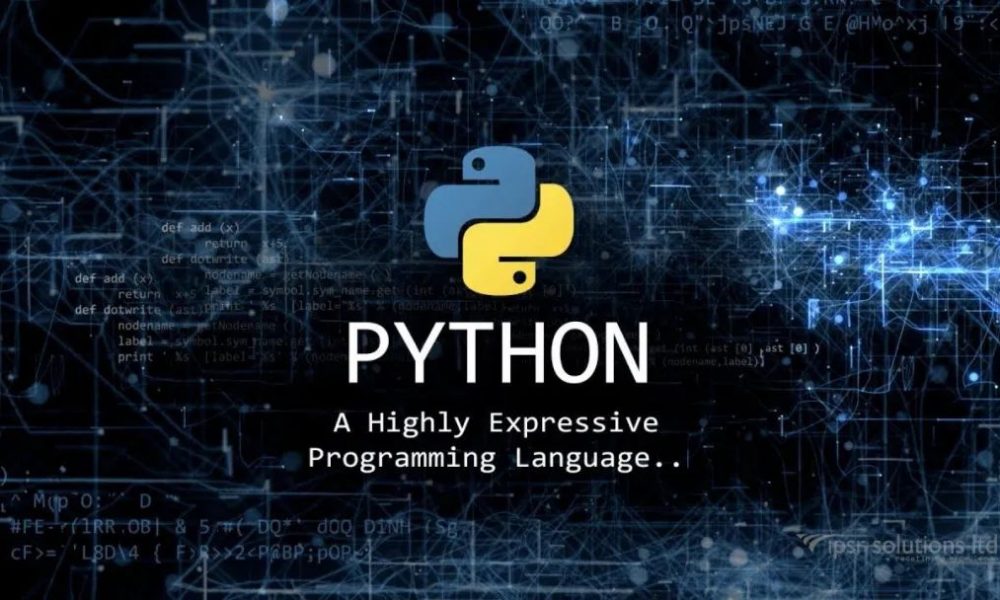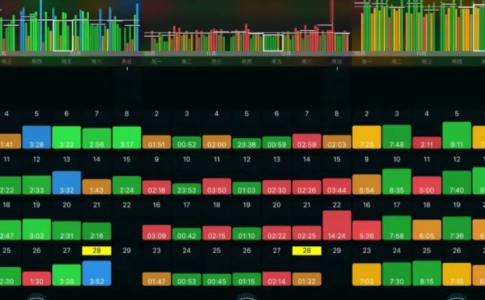How many programming languages do you really need to master in the process of learning computer science? There is no one-size-fits-all answer to this question.
When I first started getting into computers, I felt very lost. I didn’t know which programming language I should learn, and I had no clear plan about whether I would go into front-end or back-end development in the future.
However, as time went on, I gradually realized that computer science is not something you can fully grasp by learning just one programming language. Each programming language is like a tool in a toolbox, each with its own unique characteristics and areas of application. Therefore, you should decide which programming languages to learn based on your interests and career development goals. Let’s take a look at some of the mainstream programming languages and the areas where they excel.
01 Java
Java is mainly used for enterprise-level development, Android mobile devices, web pages, and game backends. Java is a powerful and easy-to-use programming language. It is known for its simplicity, object-oriented design, support for distributed computing, robustness, high security, cross-platform portability, multithreading capabilities, and dynamic nature. Because of these advantages, Java is very popular in enterprise application development, and you might often hear people discussing technical frameworks like J2EE and Hibernate. Additionally, Java is the standard programming language for the Android operating system, which gives it an important position in mobile app development.
02 C and C++
C is mainly used for service applications, developing low-level modules, and embedded systems. C++ is primarily used for large-scale game development and the development of large, high-performance programs. In theory, with their powerful flexibility and close-to-hardware control capabilities, C and C++ can be used for almost any type of software development, provided there is appropriate hardware driver and API support, and they often outperform other programming languages in terms of efficiency. C is known for its simplicity and efficiency and is mainly used for developing server-side applications, low-level modules, and embedded systems. Although C++ can also be used for these tasks, many programmers prefer C due to the complexity of C++’s language features. C++ is more suitable for developing applications that require complex functionality and high performance, such as large-scale game development. Its object-oriented features and template programming capabilities make it excellent for handling complex logic and algorithm optimization.
03 JavaScript
JavaScript is mainly used for web front-end and server-side development. Despite its similar name to Java, JavaScript is a completely different programming language. JavaScript is primarily used in web front-end development. Simply put, when a web page uses various “tags” to transmit formatted documents, JavaScript plays the role of transforming these documents into dynamic effects that can be presented on the client side. Additionally, Node.js, an extension of JavaScript, enables JavaScript to be used for server-side development. Based on Google’s V8 engine, Node.js can be seen as an enhanced version of JavaScript for server-side applications, allowing developers to write backend services in the same language.
04 PHP
PHP is mainly used for web development, especially on the backend, and can also be used for entire web servers, such as forum engines. PHP is a widely used open-source scripting language that incorporates syntax features from C, Java, and Perl, making it easy to learn and use. PHP is particularly popular in the field of web development and is known as a top choice for web backend development. Its flexibility and powerful features make it an ideal choice for building dynamic websites and web applications.
05 Python
Python is mainly used for server-side development, Internet of Things (IoT) development, and big data processing. Python is famous for its simple and clear syntax and powerful libraries. It can easily integrate modules written in other programming languages, which is why it is sometimes called a “glue language.” Among many programming language rankings, Python often ranks at the top. Python has a very wide range of applications, including information security, IoT development, desktop applications, and big data processing. Its ease of use and flexibility make it the preferred language for many developers and data scientists.
Before you start learning programming, you can first identify the application area that interests you and clarify your learning goals before embarking on your programming journey. Once you have a clear understanding of what you want to learn, you can either create your own learning roadmap or find one that suits you. Focus on the key content that aligns with your future development direction and start learning from there.





No comments